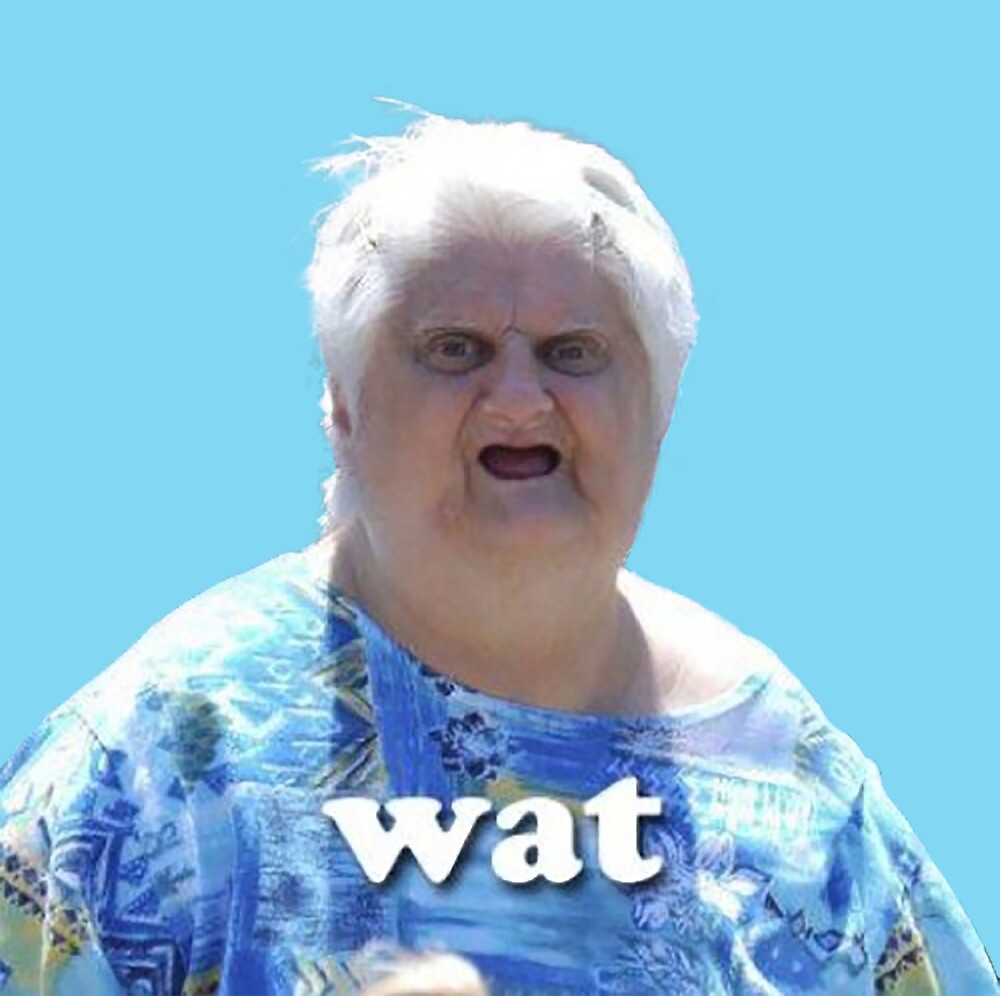Ever Ready
Well-Known Member

A picture speaks a thousand words, doesn't it? UEFA thought they had an open-and-shut case. Three shots, one result. But two unpredictable things happened that day that made it virtually impossible. One, the eight-millimeter home movie taken by Rob McLean while standing near the grassy knoll. And two, the penalty taken by James Tavernier, who had a free shot at goal in the first half. The time frame, 93 minutes established by the McLean film, left no possibility of a fourth shot. So the shot taken by Tavernier had to come from one of the three shots fired from the feet of the Rangers players. That leaves just two shots. And we know one of them was saved by the Standard Liege goalkeeper. So now a single shot remains. A single shot now has to account for the final result being 0-2.
But rather than admit to a conspiracy or investigate further, the Gerrard Commission chose to endorse the theory put forth by an ambitious junior counselor, Neil McCann, one of the grossest lies ever forced on the bheggars. We've come to know it as the 'Magic Ball Theory.' The magic ball breaks from the Rangers defence from Glen Kamara headed forward at an angle of 17 degrees, twist number one. It then moves sideways in order to leave one Liege player standing body from the front of his foot -- twist number two -- where it waits 1.6 seconds, presumably in mid-air, where it turns right, then left, right, then left, and continues onto another Liege player's body at the rear of his right heel --twist number three. The ball then heads forward again at an angle of 27 degrees, at the right side of his chest -- twist number four. The ball then turns right between two Liege players and re-enters Roofe's' control onto his right foot -- twist number five. A small skip on the sodden surface , then the ball leaves Roofe's right foot-- twist number six -- makes a dramatic aerial flight at high velocity -- twist number seven -- from which it later falls and is found in almost 'pristine' condition in the back of Standard Liege net at the Stade Maurice Dufrasne. That's some ball. Anyone who's been in football will tell you never in the history of goal scoring has there been a ball this ridiculous. Yet UEFA says it can prove it, with some fancy physics in a nuclear laboratory. Of course they can. Theoretical physics can prove that an elephant can hang from a cliff with its tail tied to a daisy but use your eyes -- your common sense. The Long Range "experts" at Lennoxtown fired some comparison balls and not one of them looked anything like this. Take a look at Mitre Delta 1982, an identical sized ball fired through the legs of a new signing. No comparison. They just couldn't do the shoot.
Then take a look at the movement of the Liege goalkeeper on the point of impact. It's impossible to believe that a ball, any ball no matter how magic, could have come from that angle at that distance.
Back and to the left
Back and to the left
Back and to the left.
Must have been another ball therefore a UEFA conspiracy.








